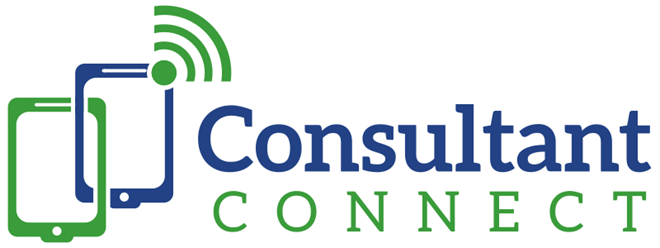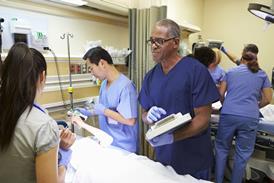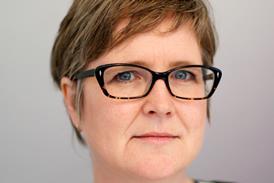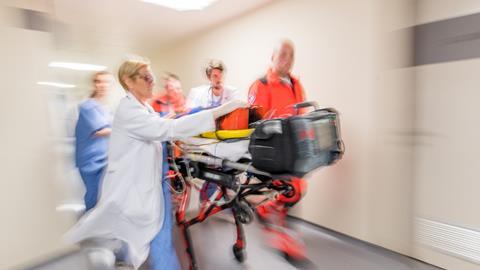Access to Phone Advice & Guidance helped a paramedic speak directly to a senior clinician and make a time critical decision for a patient, reports Jennifer Trueland
When Keith Dickinson was called to see a patient with a severe pain in his groin, he faced a dilemma. A paramedic with 18 years’ experience, he suspected that the patient – an older man – had a strangulated hernia and would require immediate surgery in the region’s biggest hospital, Ninewells in Dundee.
In association with

The problem was that under local guidelines, he was supposed to take surgical patients (with the exception of abdominal aortic aneurysm) to the smaller Perth Royal Infirmary for assessment.
“The situation was time-critical, and I needed to request permission to bypass PRI and take the patient straight to Ninewells,” explains Mr Dickinson, who works for the Scottish Ambulance Service and is based in the small semi-rural town of Crieff in Highland Perthshire.
Fortunately for that patient, Mr Dickinson had access to Phone Advice & Guidance, which enables him to speak directly to senior clinicians working in emergency and acute medical units.
“On this occasion, I was able to ring through and speak to a senior consultant at Ninewells and share my concerns. We agreed to bypass Perth and go straight to Ninewells, which meant the patient could be seen and treated more quickly,” says Mr Dickinson.
“As paramedics we have a lot of experience in assessing patients, but it is reassuring to know we have a strong support network in place”
“For me as a paramedic it is good to be able to get straight through to a senior doctor who understands the geography, the challenges of the environment, local guidelines, and the skills and treatments that we can offer.”
Before the new system was implemented last year, he had the option to contact Ninewells and ask for advice, or to source information from PRI, local GP services, or from ambulance control, but he feels Phone Advice & Guidance is better.
“Sometimes you had to wait a long time to get an answer from Ninewells, but with the new system, the senior consultant is on the end of a phone. That’s priceless, especially when you’re dealing with time-critical patients.”
Paramedics also have access to a system that allows them to take a photograph of a patient and get immediate advice from a senior clinician. “They say a picture paints a thousand words, and it’s so much easier if the doctor can actually see what I’m trying to describe, for example a complicated fracture,” says Mr Dickinson. “In the past it would have been difficult to do this safely because of patient confidentiality.
“As paramedics we have a lot of experience in assessing patients, but it is reassuring to know we have a strong support network in place.”
Advice from emergency consultants one phone call away
- 1
- 2
 Currently reading
Currently readingCase study: Using telehealth to improve emergency care
- 3




























No comments yet